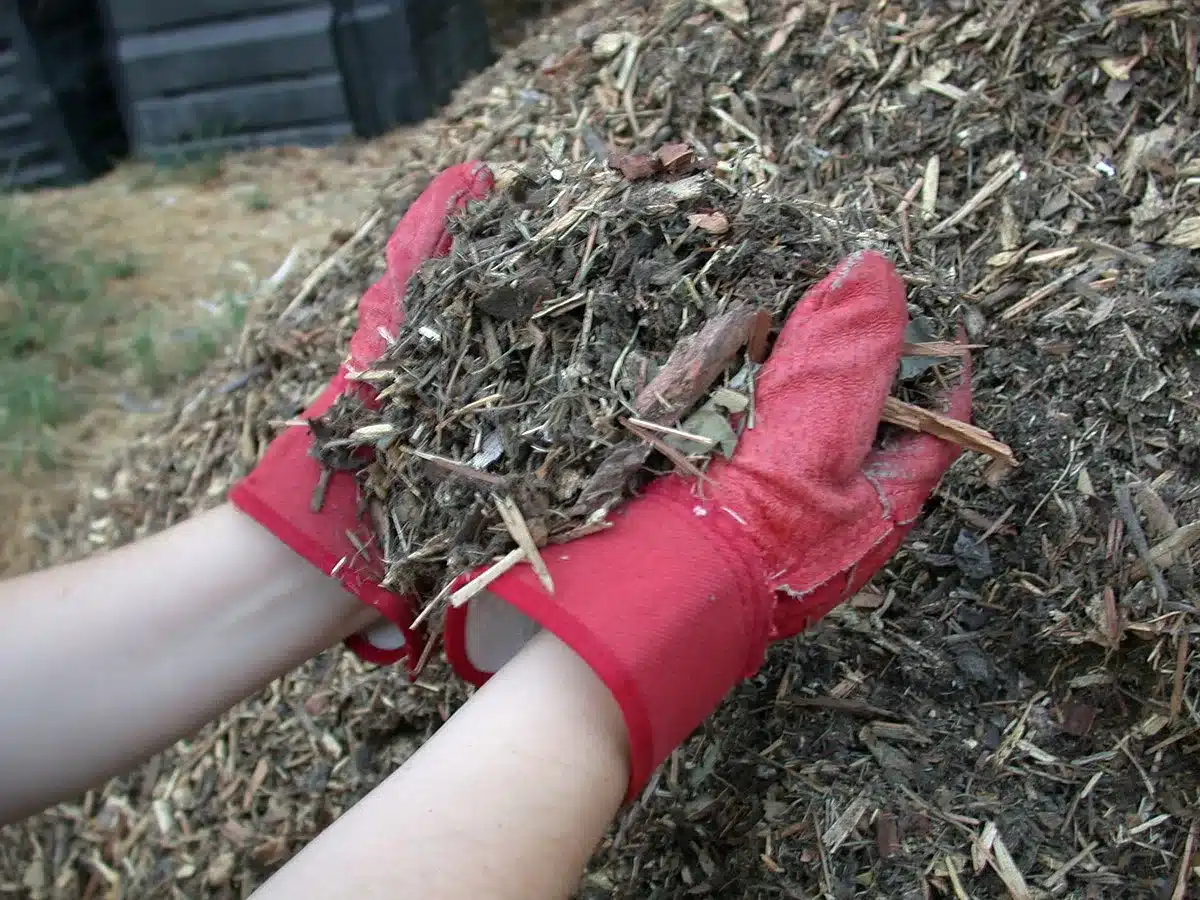We know that soil health plays an essential role in sustainable agriculture. These days, most farmers realise that healthy soil is key to reducing costs, promoting biodiversity and improving the efficiency of their farms. One method used to promote soil health sustainably is mulching. Mulching is proven to suppress weeds and protect the soil year-round. So, what is mulching in agriculture?
What is mulch?
Mulch is a layer of vegetation (dead, decaying or living) or a synthetic layer that acts as a protective cover over the soil. In nature, mulch is a natural occurrence as environments feed, cover and protect themselves from the elements.
Did you know? The word mulch is derived from the German word “molsch”, which means “easy to decay”.
What is mulching?
Mulching means to cover the surface of the soils with a layer of various covering materials.
Mulching is an age-old practice, but with the dawn of modern agriculture, the use of this method dwindled. Now, it is once again gaining importance in the context of sustainable agriculture and organic farming.
What materials can be used for mulching in agriculture?
Mulches can be organic or inorganic. Organic mulches consist of animal and plant residues, such as grass cuttings, soft cuttings, leaves, tree bark, husks, straw, compost, sawdust and manure. Organic mulches can be dug into the soil when the season is over. It’s essential that the material is relatively well decomposed, otherwise it may use some of the precious nutrients in the soil.
The most frequently used inorganic mulch is polyethene plastic mulch.
Organic mulches are of greater value than inorganic mulches in agricultural lands since they are more environmentally friendly and have greater overall benefits.
The benefits of mulching
Mulching in agricultural operations has numerous benefits for soil health and plant health, resulting in higher productivity with reduced environmental impact.
Conserving soil moisture
Soil that loses too much water through abiotic factors such as elevated temperatures, harsh climatic conditions, competing plantations and high winds can become barren land. Mulches can reduce evaporation losses and enhance the percolation and retention rate of water in the soil. The organic byproducts in mulch create a layer that absorbs water while also limiting evaporation. This is especially critical in times of drought.
Minimising soil compaction and erosion
Mulching prevents soil compaction and wind and water erosion, which limits soil run-off from heavy rains and prevents soil from drying out from the wind. In fact, various types of mulches have been demonstrated to reduce soil erosion by more than 90% compared to bare agricultural soil.
Regulating soil temperature
Because mulching covers the soil surface, it is helpful in maintaining a regular soil temperature, which improves overall crop growth. Applying mulch could keep the soil cool during very hot climatic conditions and at normal/warmer temperatures on chilly days.
No windrows (long lines of heaped grass material)
Slashing creates windrows, killing the vegetation below them, promoting weeds and reducing viable farmland. In mulching, on the other hand, grass is cut into finer particles and spread evenly over the field, leaving no windrows.
Natural weed control
Evenly distributed mulch will act as a barrier to sunlight, reducing the growth of weeds. Mulches also act as physical obstacles preventing the emergence of weeds.
Promotes nutrients in the soil
Organic and living mulches provide numerous beneficial impacts on soil quality by enhancing nutrient levels. Along with ensuring that nutrients are not washed away in heavy rains, mulching also releases nutrients back into the soil as the organic material slowly decomposes on the top of the soil.
Encourages earthworms and natural recycling
The mulch layer starts an intensive composting process on the surface, encouraging earthworms to occupy the soil, which contributes to improving soil structure and nutrient cycling.
Prevents disease
Mulching materials reduce evaporation losses and hence conserve the soil moisture, which means a reduction in irrigation water requirements. They also act as a barrier against irrigation water and raindrops, which can carry spores of different diseases. The many beneficial organisms in mulch compete with incoming pathogenic spores, reducing the chances of disease occurrence.
Most importantly, mulching ensures a healthier soil, allowing healthier, more disease-resistant plants to grow.
What makes mulching a sustainable farming solution?
As mentioned above, mulching has demonstrated efficacy to enhance soil health. Mulching is thus an integral part of sustainable farming directly relating to the goals of sustainable agriculture, which include:
- Promoting soil health and biodiversity
- Conserving water
- Reducing the need for pesticides and fertilisers
- Reducing input costs
Today, more and more farmers are exploring the potential of living mulches to improve soil health and reduce the need for bagged fertilisers.
At Zylem, we recognise soil as a critical non-renewable natural asset that should be appropriately managed to ensure sustainable development. Mulching is a sustainable strategy to improve soil fertility and productivity of arable systems, but should be applied in relation to different mulching materials and local environmental conditions. Our consultants can advise how mulching can form part of your sustainable farming strategy. Contact us on 033 347 2893 or send your enquiry to admin@zylemsa.co.za.
Find out more about our services and solutions.

About the Author: Alex Platt
Alex is Business Development Manager at Zylem. He’s inspired by the potential of regenerative farming and takes a special interest in the technology and products that are moving agriculture in a more sustainable direction.

